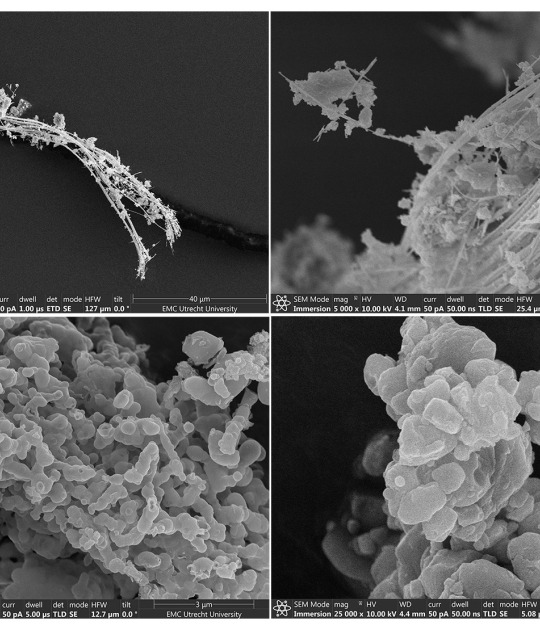Thus, supporting his belief on the importance of the dissemination of examples of more complex existing architectures 'that are scrutinizing the horizon looking for new fields of action, facing issues [...]', LAN Architecture shares their vision to the theme 'reporting from the front' through two of their designs.
Built in France, its 79 housing units in Bègles and Lormont Urban Renovation keep a critical eye, creating an architecture for a better quality of life and developing responses to social, ecological and economic challenges of the 21st century. Two very different interventions presented in the Central Pavilion Giardini through a series of scale models and photographs that are worth visiting. Do not forget that be visible until November 27, 2016.
9 June 2016
Letter to Alejandro Aravena
Imagining a space of possibilities.
"Dear Alejandro,
We agree with you fully. Architects today have more battles to fight than ever. In a world where prevailing opinions leave no room for other voices, projects have become our own acts of resistance. They are opportunities to set precedents that, just as in law, we can then cite as an established right.
We built these two buildings in Begles in this spirit, with the idea of being able to say, “Look, it’s possible.”
The ground was fertile. Begles is one of the few cities in France where one can still carry out such a project. It’s governed by the Greens, very open minded, and in full reconstruction after the demolition of a “grand ensemble,” an entire neighborhood that was razed to the ground in order to start over on new terms.
Such a tabula rasa meant that the project had to address issues that were much larger and overarching than simply the locale itself. The problems we encountered in Begles are the same ones that we have observed in many places across the world since then.
We have to build at higher density to use up less ground, and whenever we can’t, we need to design systems to increase that density.
We have to give people of limited means the chance to live in a place that will change with them, accompanying them as they undergo the major transitions in their lives: living together, marriage, children, and old age.
We need to reinvent collective housing, or at least envision intermediate habitats that marry a desire for intimacy with the pleasure of socializing.
We need projects to show that the current price of construction is the result of a crazy equation in which the service economy is calling all the shots.
We need to conceive climate models which are not just in response to a regulation or a radical ecological trend, but which instead thoroughly consider the true implications of climate change in our world.
This project is our response to these 5 battles.
Begles is not a finished project, rather a “form in movement,” a la Paul Klee. It is an envelope that can double its size tomorrow, and thus, double its density. Each apartment can access its winter garden to increase its living area; inhabitants can do this themselves without having to obtain building permits. In response to the growth of a family, they can add a room within a framework that has already been constructed, and why not, they can remove it once the kids have left the house!
Just as in a freestanding house, each apartment has 4 façades, three of which are exposed. In fact the apartments have the same qualities as a single-family home (the sense of privacy, individual exterior spaces, independence, and strong sensory contact with the outdoors) without the latter’s disadvantages in terms of environmental impact (stretching networks, visual and atmospheric pollution, excessive consumption of ground).
This project also demonstrates how absurd the economics of building architecture has become. Begles was built at a cost of 1,000 € per m², in full knowledge that the m² of the loggias are not factored in. This is much below the current price in this region, and at twice the surface area. To do this, beyond all the rationalization, prefabrication, budget control and management, and a certain architectural sobriety, we cut out all the middlemen, the service economy. This means that the habitats go from the person who builds to the person who buys with as few steps in between as possible.
The formal part, which was implemented in function of the urban planning requirements, also allowed us to use a hybrid climatic model that corresponds to the climate of this part of France. The bio-climatic design is halfway between the heavily insulated Nordic model and Mediterranean patio-style architecture. It’s based on the principle of variable compactness, which introduces the notion of the housing’s adaptability to the rhythm of the seasons or even of the day. Everyone can use their outdoor space as a windbreak, a greenhouse, or, to the contrary, as a cooling unit. We call this inter-seasonal architecture.
There’s nothing standard about this project. Despite the fact that the building is only 7 meters thick, built like a parking garage and ornamented with industrial motifs. We wanted to show that something radical can be expressed even by using a simple, everyday architectural language.
Umberto Napolitano



















































